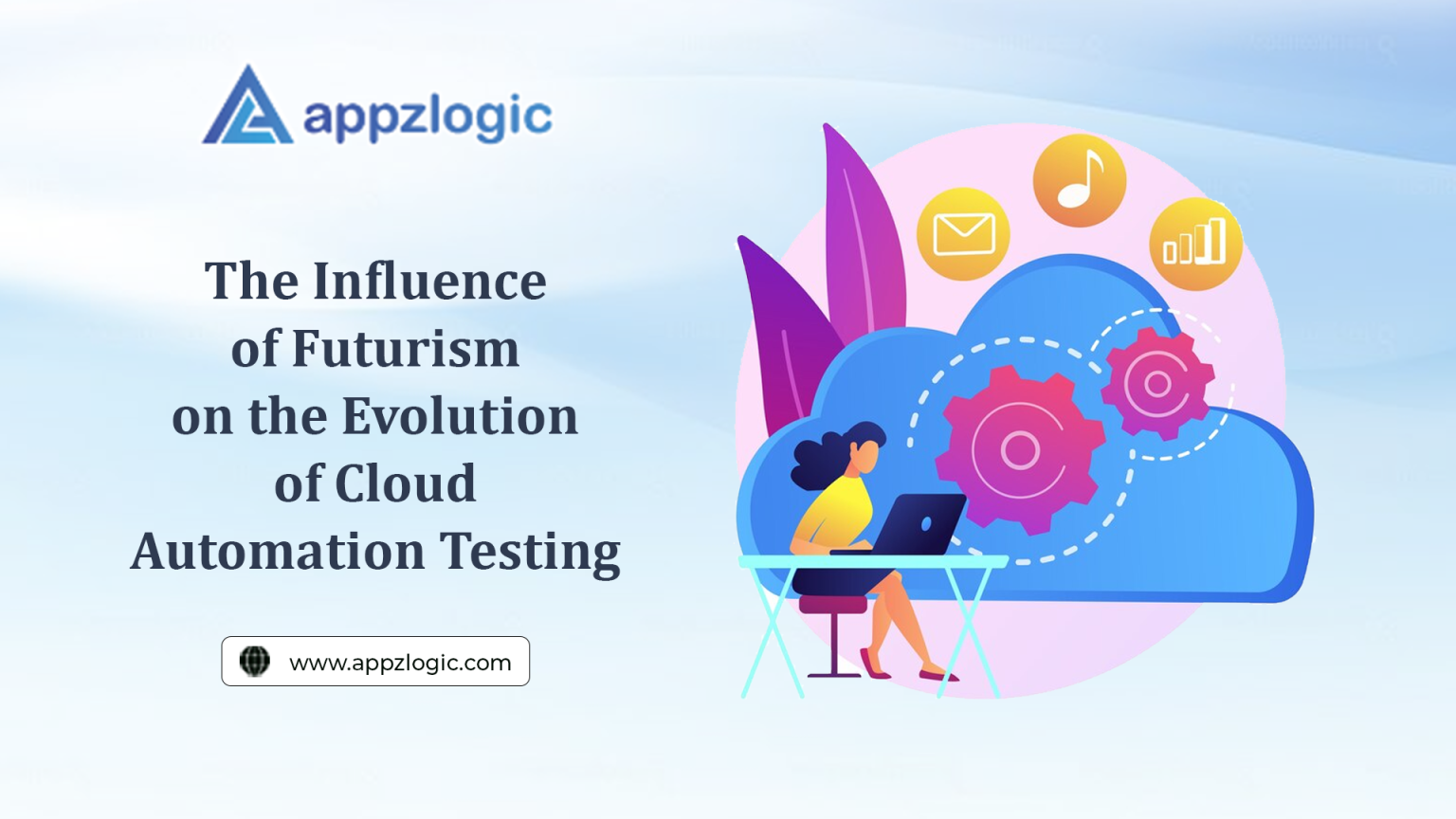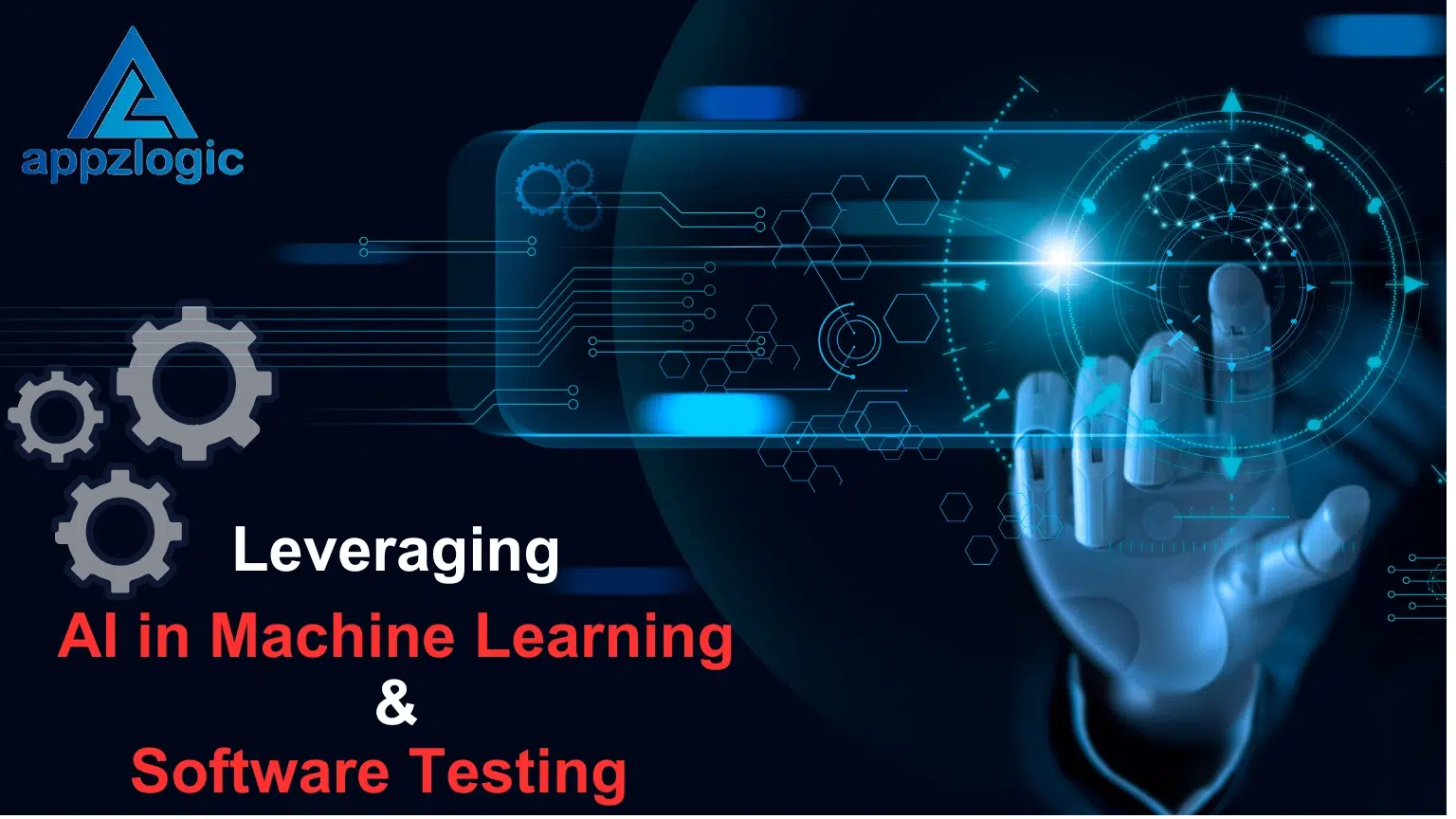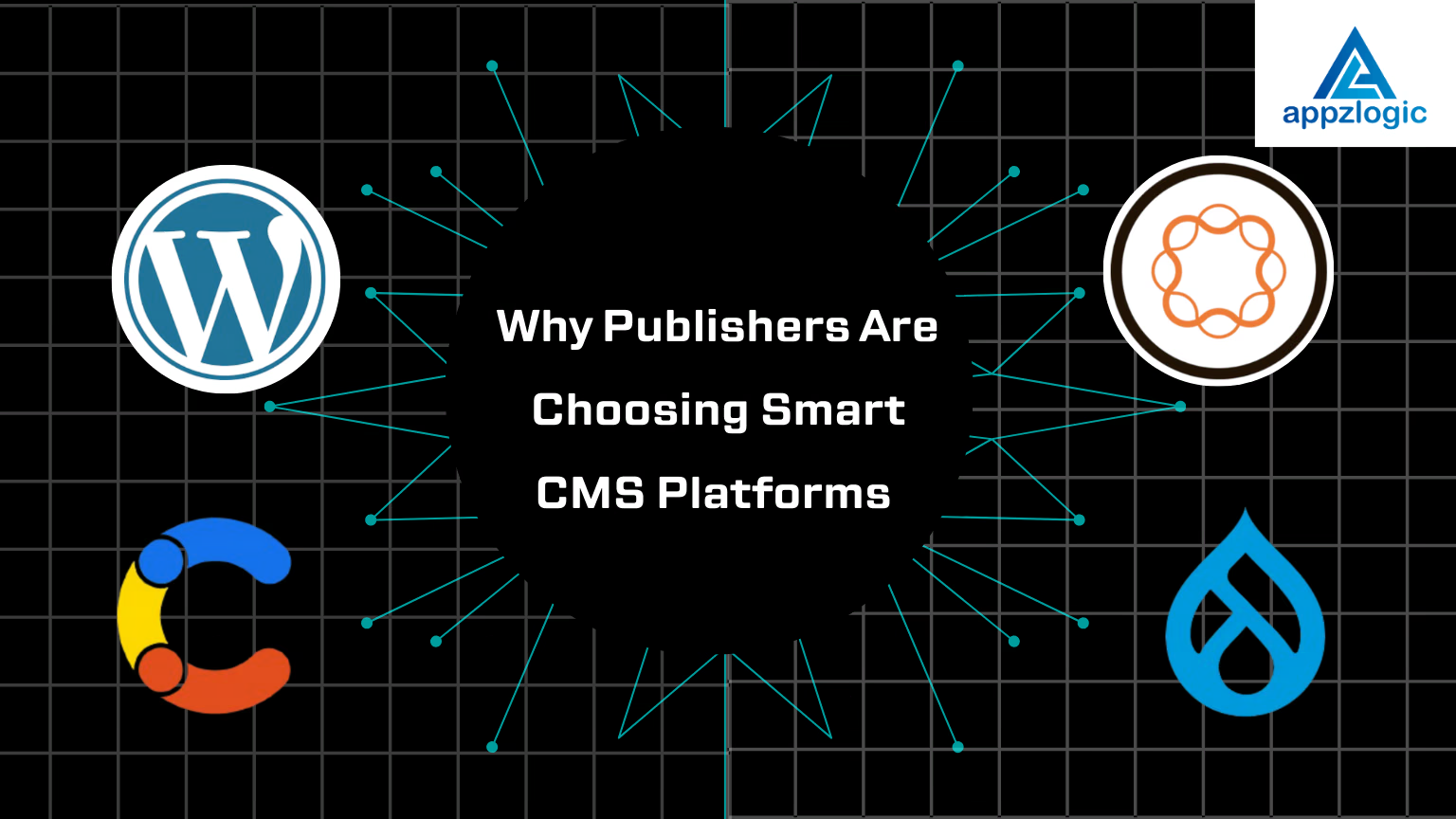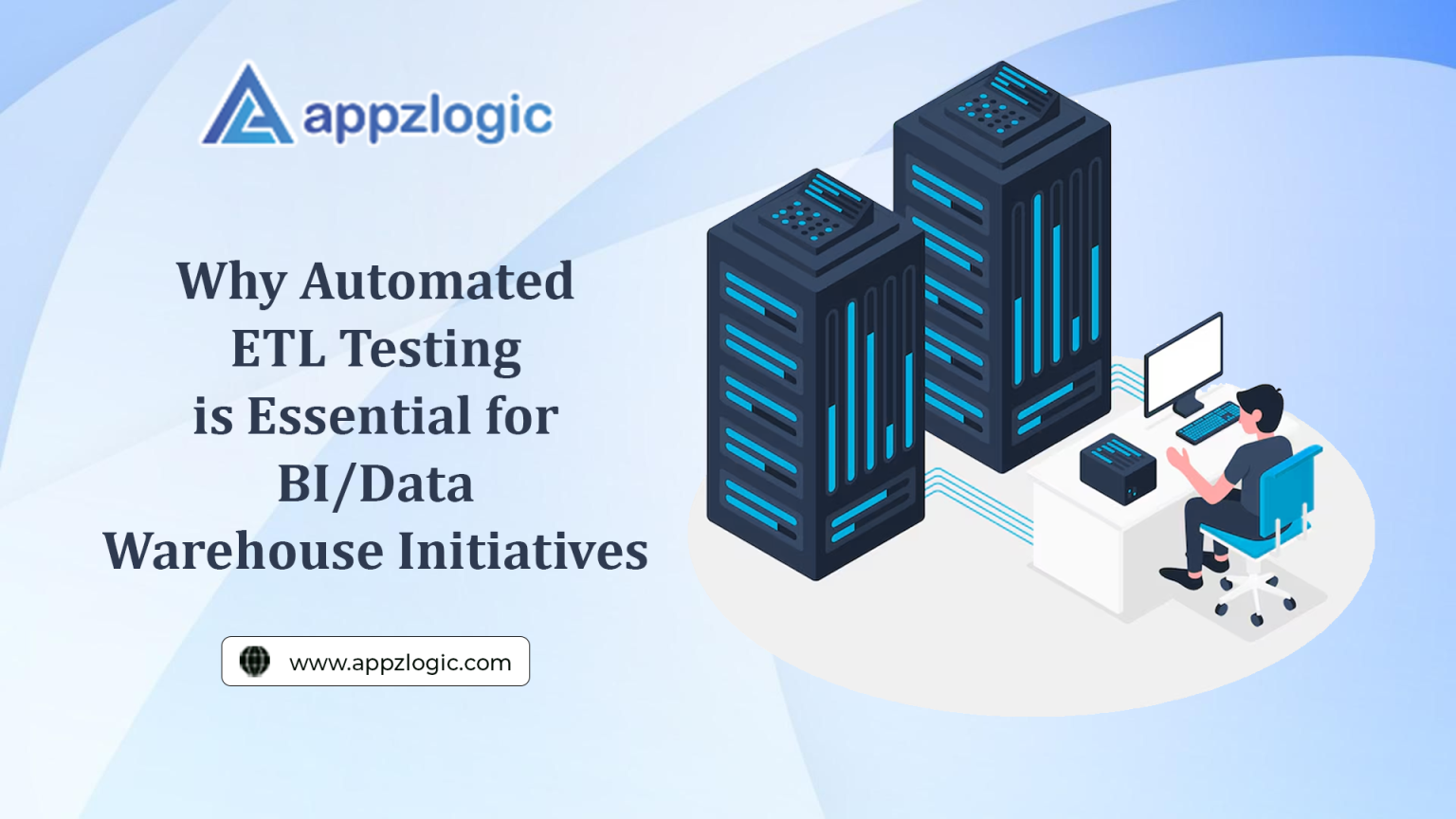
The Influence of Futurism on the Evolution of Cloud Automation Testing
In Software Development, testing methodologies have undergone a remarkable transformation, largely driven by the advent of Cloud Testing and Automation. This metamorphosis has been greatly influenced by the principles of futurism, envisioning and implementing innovative approaches to meet the evolving demands of quality assurance in the digital age.
Among these approaches, cloud automation testing stands out as a beacon of efficiency, scalability, and reliability, reshaping the way software is tested and validated. In this blog, we delve into the symbiotic relationship between futurism in technology of loud automation testing, tracing their intertwined evolution and the pivotal role they play in ensuring the Future of Software Testing seamless delivery of software solutions.
The Emergence of Cloud Testing
The inception of Cloud Computing revolutionized the IT landscape, offering unparalleled flexibility, scalability, and cost-effectiveness. As organizations embraced the cloud set-up, traditional testing methodologies faced new challenges posed by the dynamic nature of cloud-based environments. Testing infrastructures needed to adapt to the distributed nature of cloud systems, diverse deployment models, and the need for rapid provisioning of resources.
In response to these challenges, cloud testing emerged as a standard shift, enabling organizations to conduct testing activities seamlessly across geographically distributed environments. By leveraging cloud infrastructure and services, testing teams gained access to on-demand resources, facilitating agile development and continuous integration practices. This shift marked the beginning of a new era in software testing, laying the groundwork for the integration of automation and futurism into testing processes.
The Role of Automation in Cloud Testing

Automation has long been heralded as a cornerstone of modern software testing, empowering organizations to streamline repetitive tasks, enhance test coverage, and accelerate time-to-market. However, the integration of automation with cloud testing introduced a new dimension of scalability and efficiency. Cloud automation testing harnesses the power of cloud infrastructure to orchestrate test environments, execute test cases in parallel, and generate actionable insights in real-time.
Key components of cloud automation testing include:
- Infrastructure as Code (IaC): By defining infrastructure requirements programmatically, testing environments can be provisioned, configured, and decommissioned dynamically, ensuring consistency and reproducibility across testing cycles.
- Containerization and Orchestration: Container technologies such as Docker facilitate the packaging of test environments and dependencies, enabling seamless portability across diverse cloud platforms. Orchestration tools like Kubernetes automate the deployment and scaling of containerized test environments, optimizing resource utilization and reducing infrastructure overhead.
- Continuous Testing Pipelines: Integrating cloud automation testing into continuous integration and delivery (CI/CD) pipelines enables organizations to validate code changes continuously, from development to production. Automated test suites are triggered automatically upon code commits, ensuring early detection of defects and preventing regression issues.
- Scalable Test Execution: Cloud-based testing platforms offer elastic scalability, allowing organizations to scale testing resources dynamically based on workload fluctuations. By leveraging cloud infrastructure, testing teams can execute large-scale performance tests, simulate realistic user scenarios, and assess system scalability under varying load conditions.
Role of AI in Cloud Testing
AI plays a pivotal role in Cloud Automation Testing by enhancing efficiency, accuracy, and scalability. AI in cloud Testing automates repetitive testing tasks, identifies bugs more effectively, and predicts potential system failures using advanced algorithms. AI-driven tools enable intelligent test case generation, optimizing test coverage while reducing time and effort. They adapt to dynamic cloud environments by analyzing vast datasets, detecting anomalies, and providing actionable insights in real-time. Moreover, AI facilitates continuous testing and integration in DevOps pipelines, ensuring faster releases with higher quality. By leveraging machine learning, AI also improves test scripts over time, making cloud automation testing smarter and more reliable.
How Cloud Automation Testing is evolving with futurism?

Futurism, as a philosophical and artistic movement, advocates for the anticipation of future trends and the exploration of innovative ideas. In the context of software testing, futurism manifests as a proactive approach to embracing emerging technologies, envisioning novel testing paradigms, and challenging conventional wisdom. The principles of futurism have profoundly influenced the evolution of automated cloud testing in the following ways:
Predictive Analytics and AI-driven Testing: Futuristic testing approaches leverage advanced analytics and artificial intelligence (AI) to predict potential defects, optimize test coverage, and prioritize testing efforts. By analyzing historical test data and identifying patterns, AI-driven testing frameworks can intelligently adapt test strategies and recommend areas for improvement, enhancing the efficiency and effectiveness of testing processes.
Blockchain-enabled Test Traceability: As blockchain technology gains traction, its potential applications in test traceability and auditability are being explored. Blockchain-based test management systems offer immutable records of test artifacts, execution results, and validation activities, ensuring transparency and accountability throughout the testing lifecycle.
Quantum Computing and Test Optimization: The advent of quantum computing holds promise for revolutionizing optimization algorithms and computational complexity in testing. Quantum-inspired optimization techniques can address combinatorial test case generation challenges, enabling organizations to achieve higher levels of test coverage with fewer test cases. By harnessing the power of quantum computing, testing teams can optimize test execution schedules, resource allocation, and test prioritization strategies, maximizing testing efficiency and minimizing time-to-market.
Augmented Reality (AR) and Virtual Testing Environments: The integration of Augmented Reality (AR) and Virtual Reality (VR) technologies into testing environments opens new possibilities for immersive testing experiences. AR-Enabled testing tools provide testers with real-time insights overloaded onto physical test objects, enhancing situational awareness and facilitating rapid decision-making. Virtual testing environments simulate complex system interactions and environmental conditions, enabling testers to validate software performance in a controlled and realistic manner.
Ethical AI and Bias Detection: With the proliferation of AI-driven testing solutions, ensuring ethical and unbiased testing practices has become paramount. Futurist testing frameworks incorporate ethical AI principles and bias detection mechanisms to mitigate the risks of algorithmic bias and unfairness in testing outcomes. By promoting transparency, accountability, and fairness in testing processes, organizations can build trust with stakeholders and foster a culture of responsible AI adoption.
Benefits of Cloud Automation Testing in Modern Applications
Cloud automation testing offers significant benefits for modern applications, especially with advanced cloud testing tools and cloud application testing. It provides scalable, cost-effective testing by enabling on-demand access to diverse environments. These tools streamline test execution across multiple platforms, browsers, and devices, ensuring comprehensive coverage for cloud-based applications. Cloud application testing enhances collaboration among distributed teams by centralizing test data and results. It integrates seamlessly with continuous integration and delivery pipelines, accelerating development cycles. By automating repetitive tasks, cloud testing tools improve efficiency and reduce errors. Real-time reporting and analytics further empower teams to identify and resolve issues quickly.
Key tools for cloud-based automated testing in 2025
In 2025, cloud testing trends focus on smarter and faster testing using advanced tools powered by AI and machine learning in cloud testing automation. These tools help create intelligent test scripts that adapt to changes and detect bugs more effectively. The latest trends in cloud testing and automation include continuous testing in DevOps workflows, seamless integration with CI/CD pipelines, and support for multiple cloud platforms. Tools like Selenium, Katalon Studio, and TestGrid are widely used, while platforms like BrowserStack and Sauce Labs provide scalable environments for cross-browser and device testing. AI-powered tools like Testim and Applitools improve testing efficiency by automating repetitive tasks and enhancing accuracy, ensuring high-quality applications in cloud environments.
How futurism is shaping software testing in the cloud
Looking ahead, the convergence of futurism and cloud automation testing is poised to drive further innovations and transformations in the field of software testing. As technology continues to evolve, testing methodologies will need to adapt to emerging trends such as Edge Computing, Internet of Things (IoT), and 5G networks. Futurist testing practitioners will continue to push the boundaries of conventional testing paradigms, exploring novel approaches to address evolving challenges in a rapidly changing digital landscape.
Conclusion
The impact of futurism on the evolution of cloud automation testing is undeniable, shaping the way software is tested, validated, and delivered in the modern era. By embracing emerging technologies, adopting proactive testing strategies, and challenging the status quo, organizations can stay ahead of the curve and ensure the quality, reliability, and performance of their software solutions. As we navigate the complexities of the digital future, the synergy between futurism and automated cloud testing will continue to drive innovation and propel the software testing industry towards new frontiers of excellence.
By collaborating withAppzlogic, businesses unlock the full potential of Cloud Automation Testing.
Contact Appzlogic today to learn more about our Cloud Automation Testing Services.
Frequently Asked Questions
Futurism in cloud automation testing refers to the adoption of forward-looking technologies like AI, machine learning to enhance testing processes.
AI enables intelligent test case generation, dynamic adaptation to changes, and predictive issue detection, making testing faster and more reliable.
Machine learning helps improve test scripts over time, optimize test coverage, and analyze vast datasets for identifying patterns and anomalies.
Futuristic tools integrate with DevOps pipelines, enable multi-cloud testing, and provide scalable, real-time testing environments for better performance.
Trends include AI-driven automation, self-healing test scripts, autonomous test environments, and enhanced analytics for decision-making.


